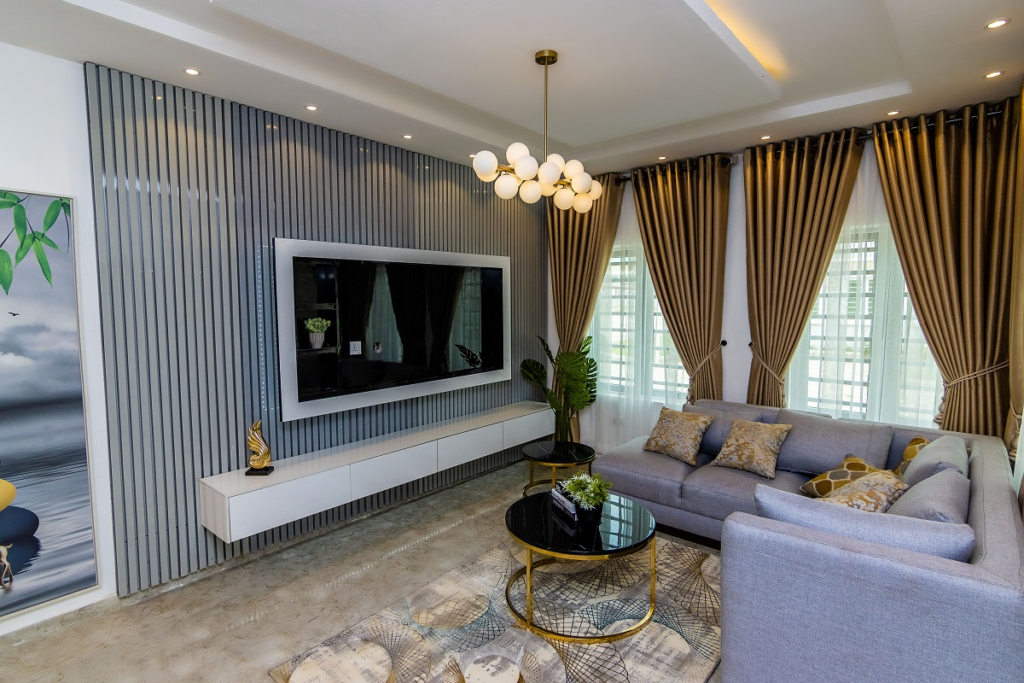Interior design and decoration are essential in transforming a space into a comfortable and aesthetically pleasing environment. Whether you are designing a home, office, or commercial space, the goal is to create an atmosphere that is both functional and visually appealing. A well-designed space can significantly impact the mood, productivity, and well-being of its occupants. The process of interior design involves a balance of various elements s 家居設計 uch as layout, color, texture, lighting, and personal style. By understanding these key principles, anyone can create a space that is both stylish and functional.

The first step in any interior design project is establishing a well-thought-out layout. The layout determines how the space flows and how people will move through it. It’s important to consider the purpose of the room and how it will be used. For instance, a living room layout should promote conversation and relaxation, while a kitchen layout must prioritize efficiency and organization. Start by selecting the largest furniture pieces and arrange them in a way that encourages easy movement. Consider creating zones for different activities, especially in larger rooms. For smaller spaces, multifunctional furniture is key to saving space while maintaining a functional design. A good layout sets the foundation for a cohesive design that is both practical and aesthetically pleasing.
Color selection plays a significant role in interior design, influencing the mood and visual appeal of a space. Colors have the power to evoke emotions, alter the perception of size, and even enhance natural light. Warm colors like reds, oranges, and yellows can create an inviting, energetic atmosphere, perfect for areas where people gather, such as the living room or dining room. On the other hand, cool colors like blues, greens, and purples tend to promote calmness and relaxation, making them ideal for bedrooms or bathrooms. Neutral colors, such as whites, grays, and beige, offer a versatile backdrop that can complement almost any design style. Choosing the right color palette based on the room’s purpose and desired mood will set the tone for the entire design.
Textures and materials contribute to the depth and richness of a room’s design. A mix of materials such as wood, metal, glass, and fabrics adds dimension and interest, creating a dynamic space. For example, combining a plush velvet sofa with a sleek metal coffee table introduces both softness and sophistication. Wooden elements like floors or furniture bring warmth and a natural touch, while materials like marble or steel can add a modern, polished look. Soft textiles such as curtains, cushions, and rugs provide comfort and also help in softening the overall design, making the space feel more inviting. By thoughtfully combining various textures and materials, you can create a layered, multi-dimensional space that feels balanced and visually engaging.
Lighting is another vital aspect of interior design that can dramatically impact the atmosphere of a room. Proper lighting enhances the functionality of the space while creating the right mood. A combination of ambient, task, and accent lighting is key to achieving a balanced lighting scheme. Ambient lighting, like overhead lights, provides general illumination, while task lighting, such as reading lamps or under-cabinet lights, focuses on specific activities. Accent lighting adds a decorative element, highlighting features like artwork, plants, or architectural details. In addition to artificial lighting, natural light can make a room feel more open and connected to the outside world. Strategically placing mirrors and using light-colored fabrics can help maximize natural light and make a space feel brighter and more spacious.
Finally, adding personal touches is what truly makes a space feel like home. Personalization through artwork, family photos, decorative objects, and plants helps infuse character into the space. These elements allow you to reflect your personality and style, making the room feel lived-in and unique. Whether it’s a vintage piece of furniture, a vibrant rug, or a collection of personal items, these touches can help bring the space to life. Thoughtfully chosen accessories create a sense of belonging and tie the room together, contributing to the overall design while making it feel authentic and comfortable.
In conclusion, interior design and decoration are about creating spaces that are both functional and beautiful. By focusing on layout, color, texture, lighting, and personalization, you can design a space that meets your practical needs while also expressing your unique style. Each element contributes to the overall atmosphere, ensuring that the space feels comfortable, inviting, and cohesive. Whether you are redesigning a room or planning a new space, understanding these principles will help you create a harmonious environment that enhances your lifestyle.
